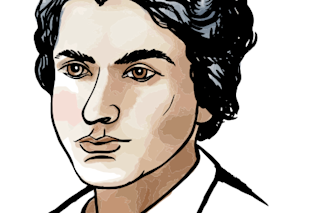Albert Einstein, Marie Curie, Alexander Fleming are all well-known Nobel Prize winners. Others, like Neils Bohr and Werner Heisenberg — although not necessarily household names —were equally important. In a bit of pop culture, there was a nod to the pioneering quantum mechanics physicist Heisenberg when the character of Walter White in Breaking Bad took Heisenberg’s moniker as his alter ego.
As of 2021, there have been a total of 943 Nobel Prizes winners. But it’s been argued that there have been others who deserved a Nobel Prize for their work, yet were overlooked. These are five scientists who had a significant impact on the world, yet were snubbed by the Nobel Committee.
Credit: (Marusya Chaika/Shutterstock)
(Marusya Chaika/Shutterstock
In 1952, British chemist Rosalind Franklin used X-ray diffraction to identify the structure of DNA. This led to the discovery of DNA’s double helix. She was not credited for her contribution to ...















